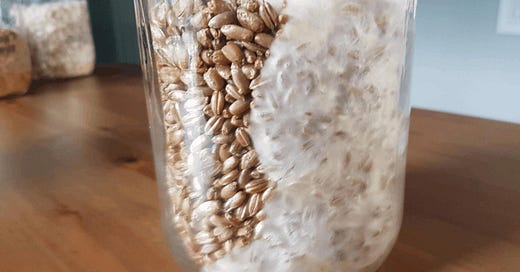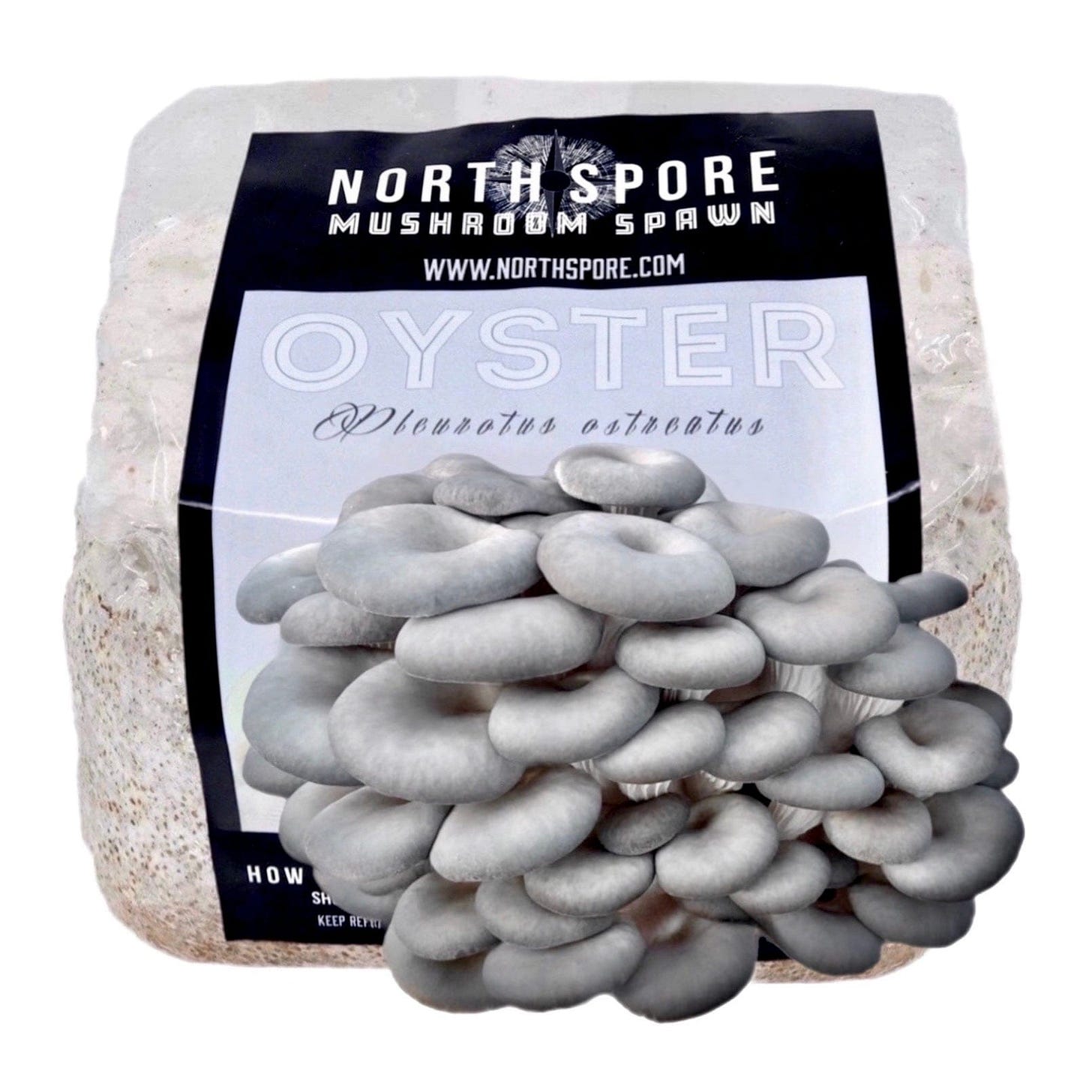The Art of Mushroom Spawn: Buying vs. Making Your Own
Mushroom spawn production could especially pose one or two dilemmas for mushroom enthusiasts. Buying from a professional supplier or investing in the trial-and-error process of creating spawn with a Do-It-Yourself method involves a number of factors: cost, control of product, and time investment, to list some. Herein, we shall consider the advantages of buying mushroom spawn while also providing a simple, low-tech means by which the enthusiast may experiment in producing their own spawn at home.
Buying Mushroom Spawn:
The person in this video starts his presentation by describing how he initially made the mushroom spawn himself, starting in the laboratory. This gives a person full control over the process and a deeper understanding of the cultivation process. Later on, however, he changed and purchased spawn from a professional supplier. He did this because making your own spawn requires a really sharp time investment, special equipment, and a steep learning curve.
The DIY Technique:
With most people's preference for store-bought spawn, this video shows an interesting technique of making mushroom spawn in small quantity at home. This is where the use of what is left from oyster mushrooms that have been harvested becomes useful, known as the "stem bar." It refers to the part of the mushroom that is left behind after one has picked the mushroom. It still contains enough life force that under the right conditions, it can be grown. This provides a very simple technique for DIY cultivation on a much smaller scale.
Overview of the Process:
Making your own spawn is a multi-stepped process that involves taking it from a master culture, either in a test tube or in a petri dish, to expanding the culture onto agar plates and then onto grain. The succeeding generations will be multiplied for more quantity. Each step in the process takes time, and continuous cycles need to be done; this is quite labor- and time-intensive for the beginner.
Advantages of Buying Spawn:
The article has also highlighted the benefits of spawn purchasing: saving time and resources because growers can focus on fun things in growing mushrooms. Buying the spawn from a professional supplier frees the grower from tedious procedures of making the spawn themselves, but goes direct to the growing of mushrooms hence faster success.
DIY Spawn from Stem Bars:
For those ready to get their hands dirty, the method of the stem bar technique is introduced. The harvested oyster mushrooms have their stem bars collected and cultivated on cardboard. The method is less predictable and produces lower yields; hence, it is not as good as using grain spawn, but for home-scale DIY growing, this could be something more accessible and fun to do.
As far as mushroom cultivation goes, buying or making your own spawn is strictly a personal decision. This article has identified a number of advantages with regard to the convenience and efficiency of purchasing spawn, but it has also introduced a simple method whereby one might want to try their hand at home production of DIY spawn. Either way, whether it be store-bought spawn for convenience or cultivating on stem bars, the fun lies in growing mushrooms.





